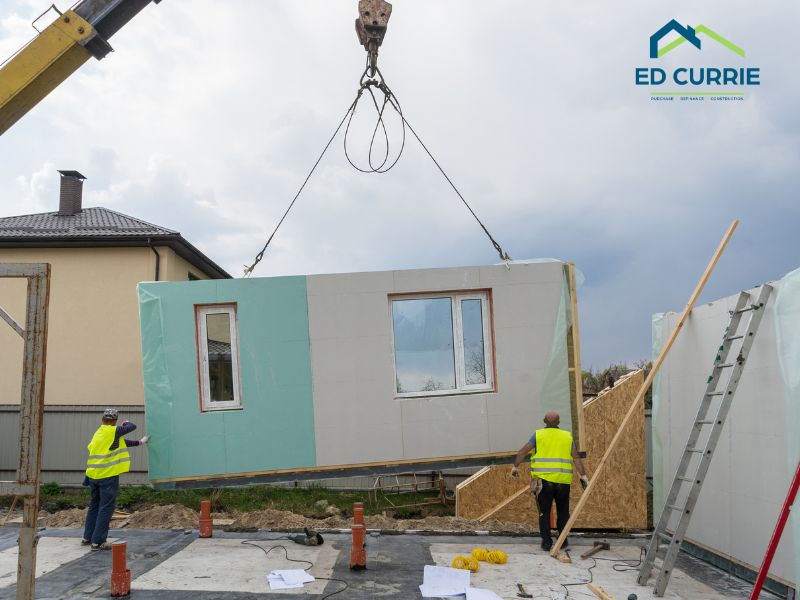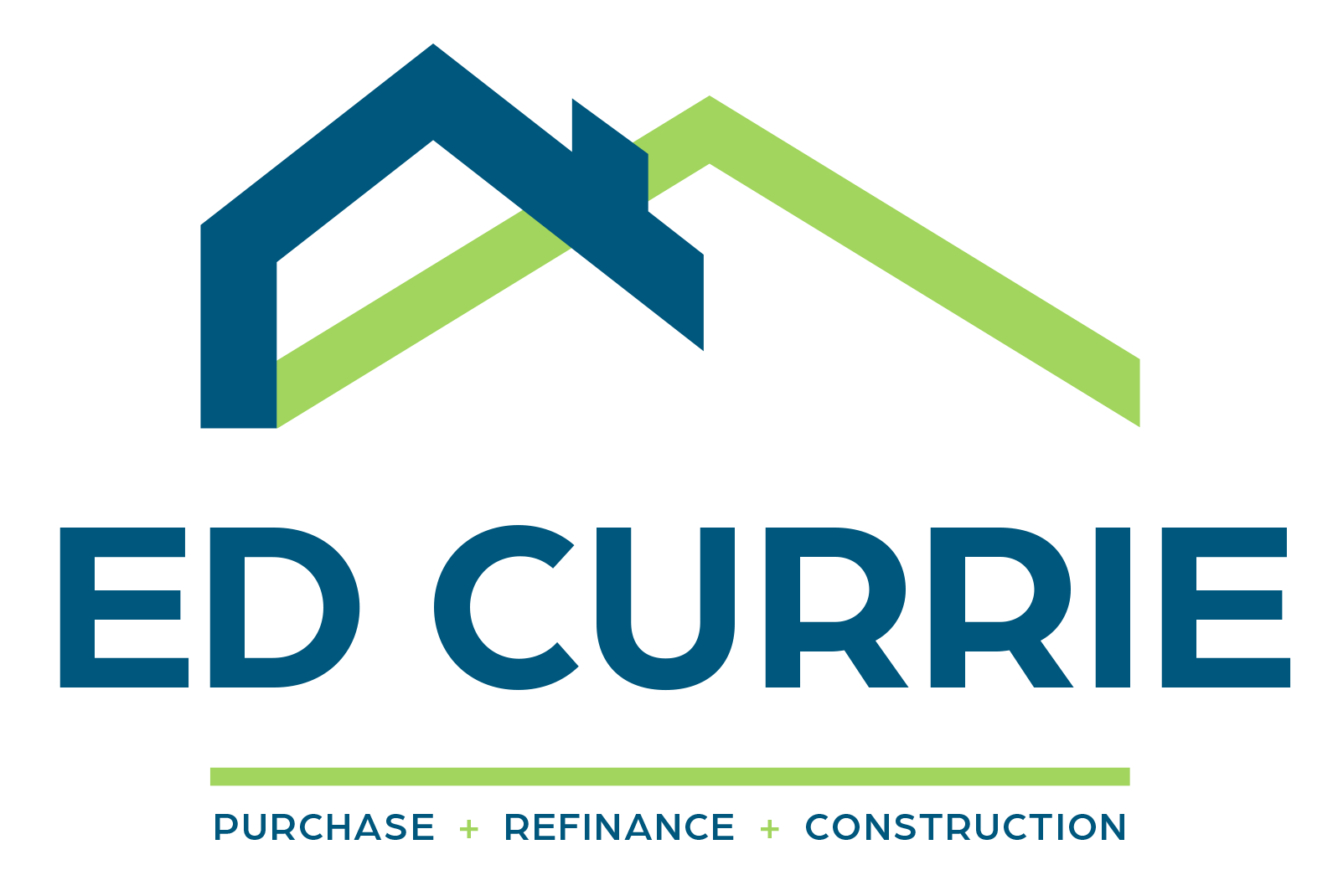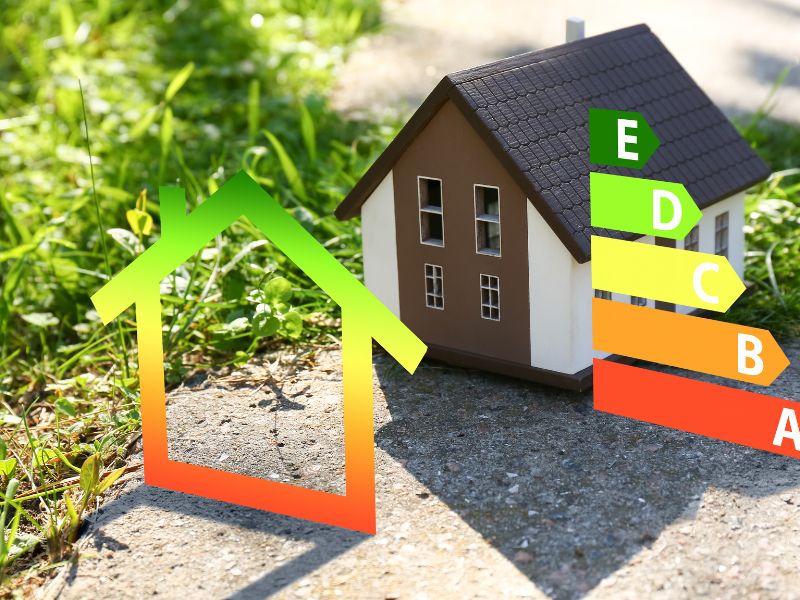 Innovation is driving a shift toward faster, more efficient, and cost-effective building methods. Prefabricated (prefab) and modular construction are at the forefront of this revolution, offering homeowners, builders, and developers an exciting alternative to traditional construction techniques.
Innovation is driving a shift toward faster, more efficient, and cost-effective building methods. Prefabricated (prefab) and modular construction are at the forefront of this revolution, offering homeowners, builders, and developers an exciting alternative to traditional construction techniques.
But what exactly are prefab and modular construction, and why are they gaining so much traction? Let’s explore the factors behind their rise and how they’re transforming the industry.
What Are Prefab and Modular Construction?
- Prefabrication involves manufacturing building components—such as walls, floors, or roof sections—off-site in a controlled environment. These pieces are then transported to the construction site for assembly.
- Modular construction takes it a step further, producing entire sections or “modules” of a building (like rooms) off-site. These modules are then transported and joined together on-site to create a complete structure.
Both methods are designed to improve efficiency, reduce waste, and minimize construction timelines, all while maintaining high-quality standards.
Why Are They Rising in Popularity?
- Speed of Construction
Traditional construction can take months or even years, depending on the project’s complexity. Prefab and modular methods dramatically cut down timelines by allowing on-site work (like foundation preparation) and off-site manufacturing to occur simultaneously. This approach can reduce build times by 30-50%, which is a game-changer for builders and homeowners. - Cost-Effectiveness
Prefab and modular construction often cost less than traditional methods. The controlled factory environment reduces material waste, lowers labor costs, and minimizes delays caused by weather or on-site issues. - Consistent Quality
Off-site manufacturing ensures consistent quality control. Every component is built in a controlled environment, free from weather disruptions or on-site variables, leading to more precise craftsmanship and fewer defects. - Sustainability
With a growing focus on green building practices, prefab and modular construction align perfectly with sustainability goals. - Versatility and Customization
Contrary to the misconception that prefab homes are “cookie-cutter,” modern prefab and modular designs offer a high degree of customization. Builders and homeowners can choose from a range of layouts, finishes, and features to create a unique and personalized home. - Meeting Housing Demand
In regions facing housing shortages, prefab and modular construction are helping to meet demand quickly.
Challenges to Consider
While the benefits are significant, prefab and modular construction do have some challenges. Transportation of large modules can be logistically complex, and buyers must work with experienced contractors to ensure smooth assembly on-site. Additionally, lenders may require specific financing options tailored to these types of builds.
How Lenders Are Adapting
The rise of prefab and modular construction has also influenced the financing landscape. Many lenders, including construction loan specialists, are now offering tailored solutions to accommodate these innovative methods. Loans often include coverage for off-site manufacturing, transportation, and on-site assembly, ensuring a seamless process for borrowers.
Prefab and modular construction represent the future of building. With faster timelines, reduced costs, and a focus on quality and sustainability, they’re reshaping how we think about home construction. Whether you’re a builder exploring new techniques or a homeowner looking for an efficient way to bring your dream home to life, prefab and modular methods are worth considering.
At the forefront of these innovations, Ed Currie and his team are here to help you navigate financing options for prefab and modular projects. Together, we can build smarter, faster, and better.




![EdCurrie_Logo White[Transparent] EdCurrie_Logo White[Transparent]](https://edcurrie.com/wp-content/uploads/elementor/thumbs/EdCurrie_Logo-WhiteTransparent-qybu3sjgpfhje9098uitv7fpt7os2hgn52gfy6ocx4.png)